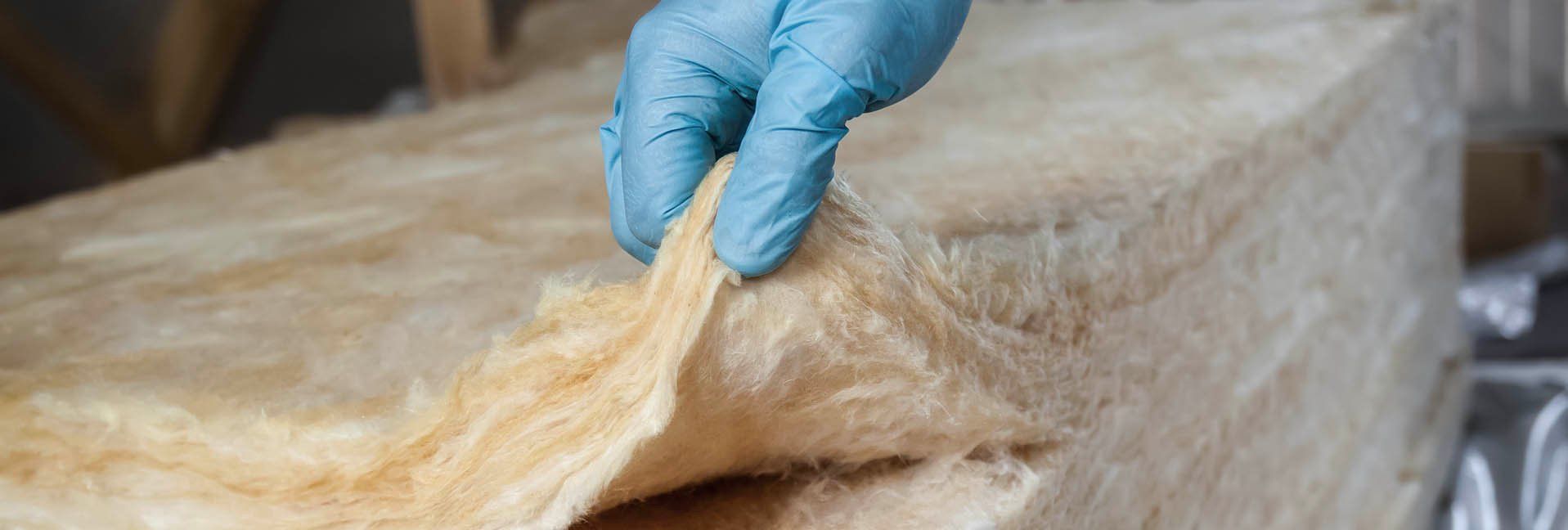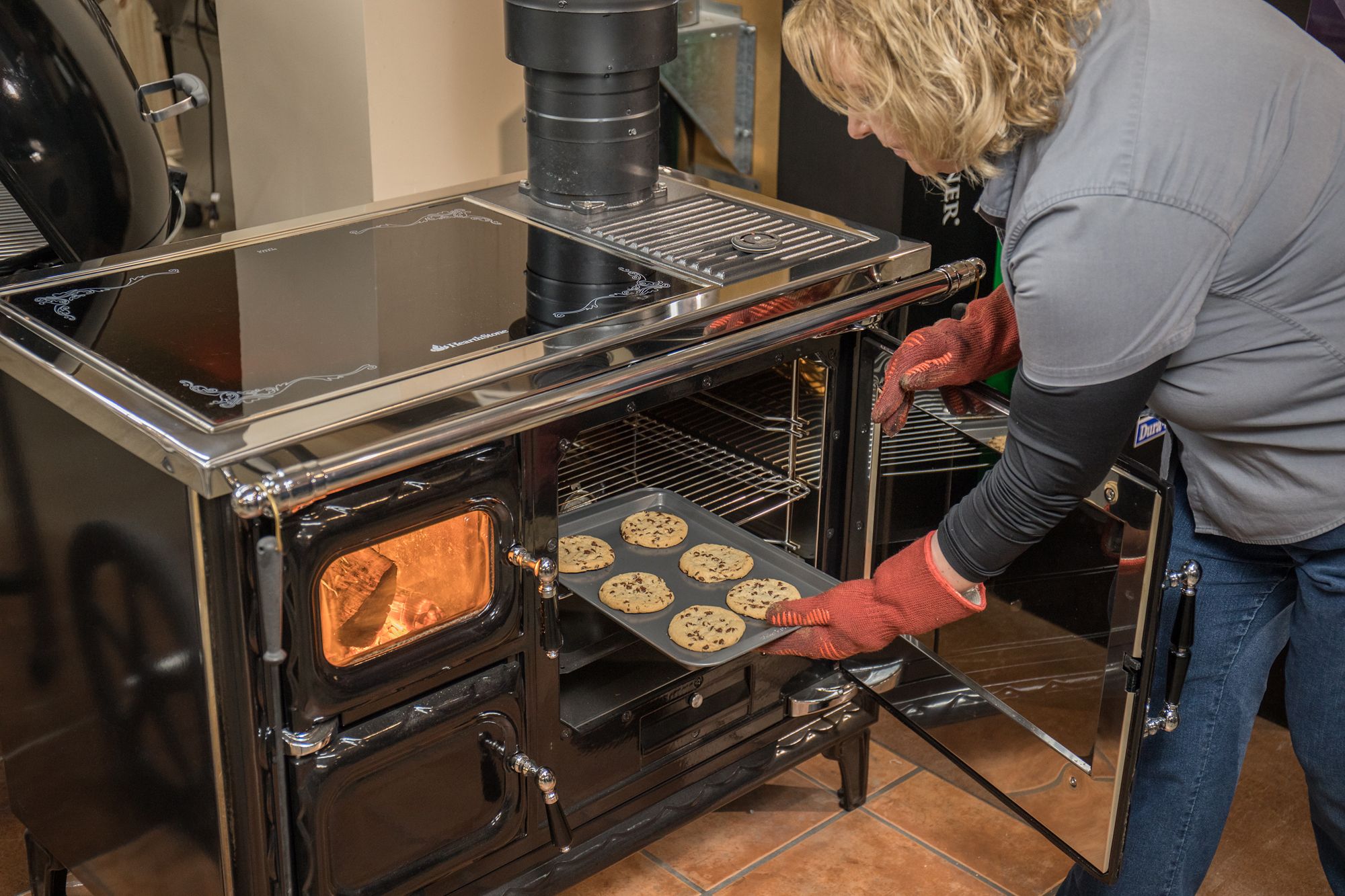Keeping the Outside Out - Insulation tips and reminders


If you find yourself hunting around for a blanket while you watch TV, chances are it’s time to tweak the insulation and weatherstripping around the house. Whether you know it or not, there are unseen areas around the home that leak warm air and invite cool air inside.
Now’s the best time to identify areas for improvement.
Take a walk
The biggest culprit for air leakage is anything that goes through a wall—doors, windows, pipes, vents, even electrical boxes. So, now is the time of year to first walk around your house, looking for anything that might rattle (like a window frame) or have a gap. Anyplace where two kinds of building materials meet is worthy of getting up close to check for possible leaks:
- All exterior corners—and be sure to look up toward soffits
- Where siding and chimneys meet
- Outdoor water faucets
- Areas where the foundation and the bottom of exterior brick or siding meet
These generally can be addressed by pinching in some foam rubber weatherstrip or by applying caulk. In certain cases, such as when siding and foundation separate, you may have to use both, by pushing in rubber weatherstrip to take up volume and then sealing against weather with caulk.
In areas that appear to be mostly inaccessible, like when a faucet fitting comes through a wall, your best solution is spray foam in a can, like Dow Great Stuff. This expanding polyurethane foam can be used up to one-inch gaps.
Be warned: When we say expanding foam, we mean EXPANDING foam, so use the applicator straw to penetrate as deep as you can before squeezing the trigger—it will seemingly grow out of the crack before your eyes. Also, be prepared for a tricky cleanup if it gets where you didn’t intend. Dow also makes a version specifically for doors and windows that is said to be much more forgiving.
Head inside
Perhaps one of the best ways to prepare for weatherstripping and sealing is just by walking around your home. Look around all exterior doors and windows where sunlight can be seen. When you see the light, that’s a leak that can be sealed. Door and window frames are the most likely candidates for creating a draft.
It may pay to gently pry these frame off to inspect the area behind for gaps. These can be filled with fiberglass insulation or the previously-mentioned expanding foam in a can. when filled, the trim can be reapplied.
You should look for anything that creates an opening in your drywall or plaster. This can include:
- Switch plates and electrical outlets
- Electrical and gas service entrances
- Where dryer vents pass through walls
- Vents and fans
- Baseboards
- Weather stripping around doors
- Fireplace dampers
- Attic hatches
- Wall- or window-mounted air conditioners
- Cable TV and phone lines
Okay, you found gaps around some of the areas mentioned above—now what? The problem you face now is that there is no real “one-size fits most” answer to this. You can buy foam insulation to put behind switch plates, but that doesn’t help the leaky attic hatch.
Fortunately, the Department of Energy has a complete guide available on their website, energy.gov, which outlines different types, uses, cost, and advantages and disadvantages. Just go to the website and use their search bar for “choosing weatherstrip.”
Old insulation is almost no insulation
Chances are, you already did some insulation and weatherstripping years ago. The problem is, few of the over-the-counter solutions last indefinitely. How to tell?
For plastic weatherstrip around doors, look for cracks and areas where it has folded, creased, or separated. In that case, it’s probably not doing its job. Check that low-cost door sweep by lying on the floor to look for sunlight between door and jamb.
If any of the caulk you applied during the Clinton administration is still in place, use a pen knife or similar to see if it has any resilience left—a tiny poke should do it. You may be good-to-go if it bounces back. However, if it falls away from that aluminum screen, then you have some remedial work to do. Be sure to replace with a fairly expensive caulk, such as a silicone material, since it will last the longest and provide a high level of adhesion when dissimilar building materials shift.
Stroll around the store
If this seems like a lot to address, just identify one project at a time. Your local hardware store or home center store will likely have all the materials you need, and can offer advice. You can be smart, though, and use your smartphone to take photos of areas you want to work on. Chances are, these professionals can help you find the right material just by looking.
Tags:Hearth & Home

Acreage Life is part of the Catalyst Communications Network publication family.
















